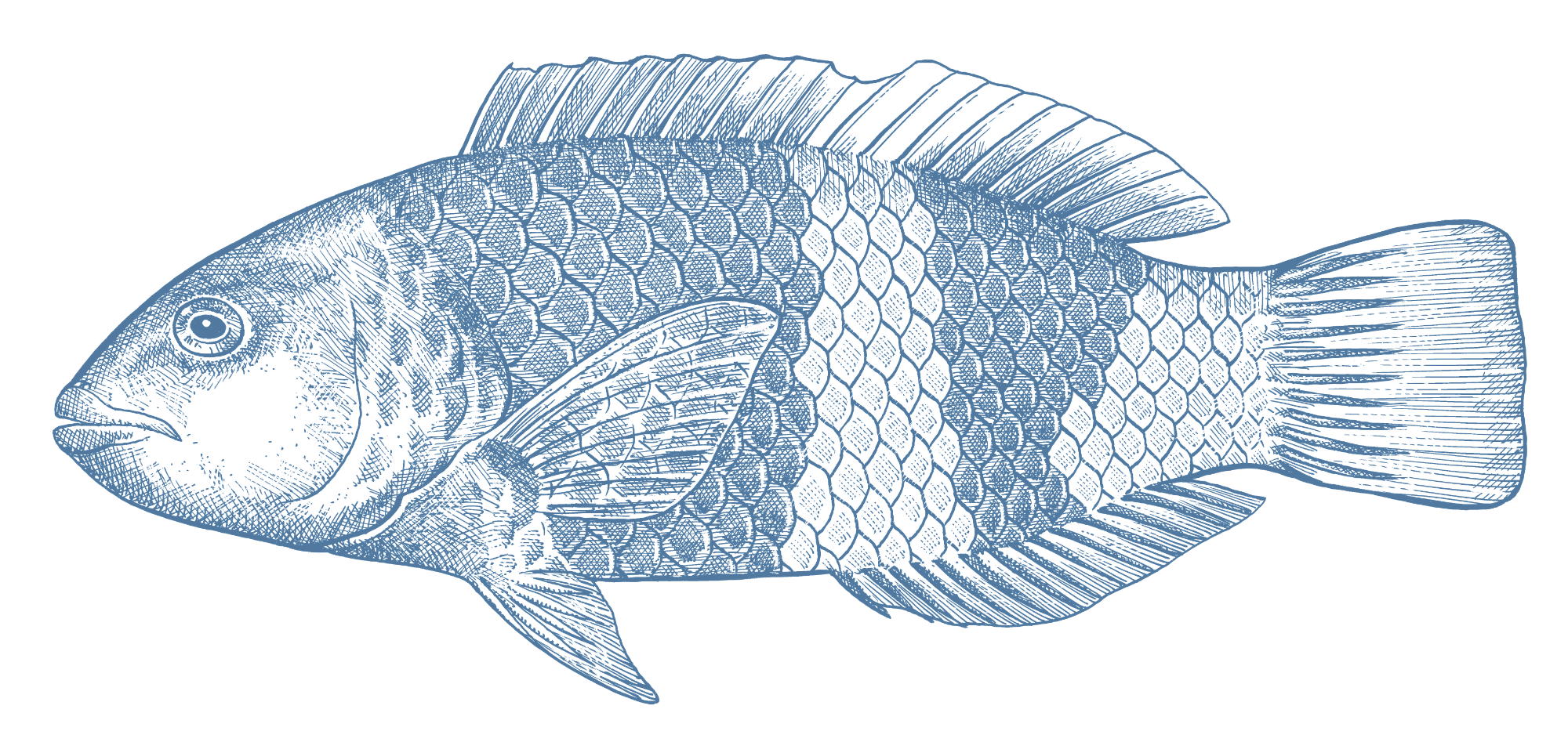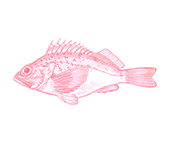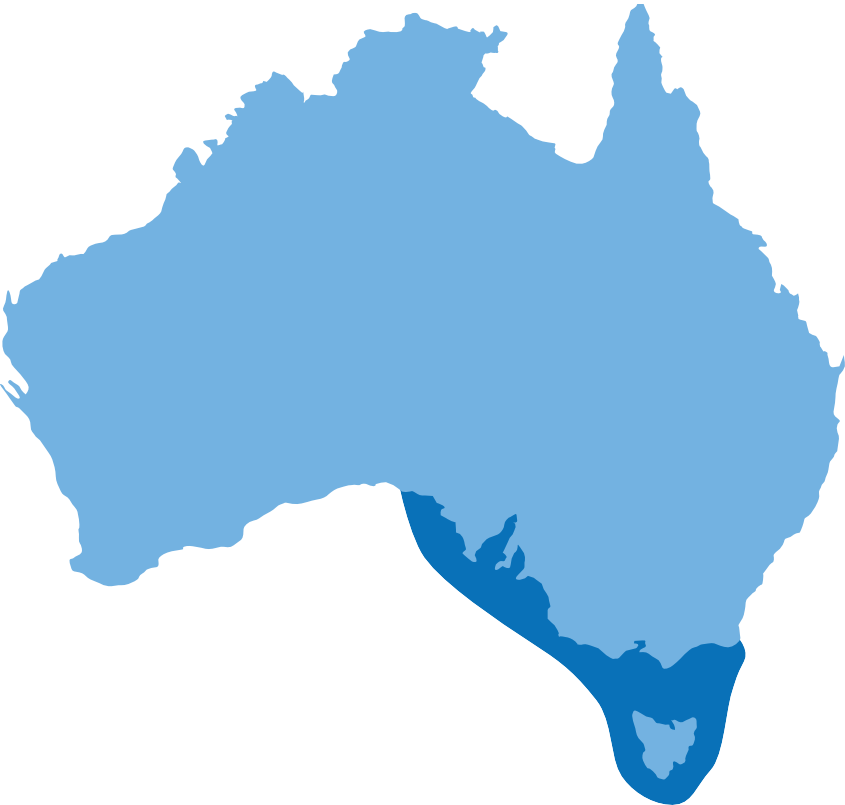





- Eat Less
Wild Caught
Region:
VIC
- Bluethroat wrasse in Victoria are mostly caught using hand line methods. A small amount are caught in pots as bycatch in the rock lobster fishery.
- There is some concern for bluethroat wrasse populations in Victoria.
- Management of the fishery is basic but adequate to manage population. There are some protections in place against localised depletion, which is a risk for this species.
- The hand line methods used likely pose a low risk to bycatch species, though requirements for bycatch reporting are poor, unreliable or absent.
- The fishing methods pose a low risk to marine habitats.
- Marine parks provide a small degree of additional protection for bluethroat wrasse, other species and habitats in Victorian waters.



Bluethroat wrasse is an affordable white-fleshed fish. Its simple, tender flesh is well suited to pan-frying with a little butter. It can also be baked or barbecued, fillets will require only a few minutes per side to cook through.
- Ocean Wrasse Fishery, Victorian Rock Lobster Fishery (18t in 2022/23)
Bluethroat wrasse are a fairly long-lived (up to 23 years) predatory fish found in southeastern waters around coastal reefs. They begin life as females and change sex to males at a length of about 20-25 cm.
Bluethroat wrasse are targeted using hand line fishing methods, which are of low risk to other species. They are also caught as bycatch in other line and pot fisheries targeting rock lobsters.
The population structure of bluethroat wrasse is poorly understood. The species has a complex social structure where adult male fish defend a territory including a group of female mates with overlapping home ranges. This likely makes the species vulnerable to localised depletion if fishing effort is concentrated in only a few areas.
Bluethroat wrasse stocks in Victorian waters are slightly below a healthy level, which is of some concern. Despite this, there is evidence that the fishery is on an improving trajectory.
There is no ongoing observer coverage of these fisheries, which is a concern for compliance and bycatch reporting. But the small scale of the fishery, the low impact of the fishing methods used and the presence of marine park protection in Victorian waters all contribute to the amber ranking.


